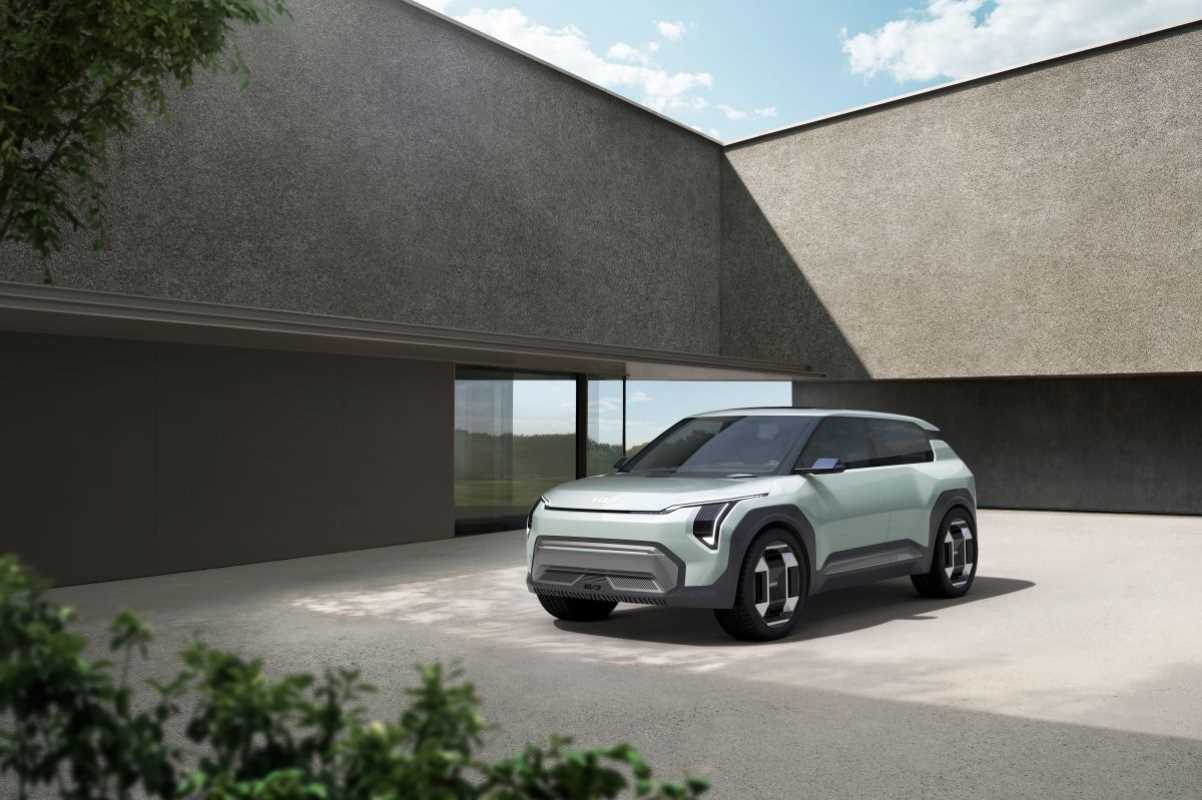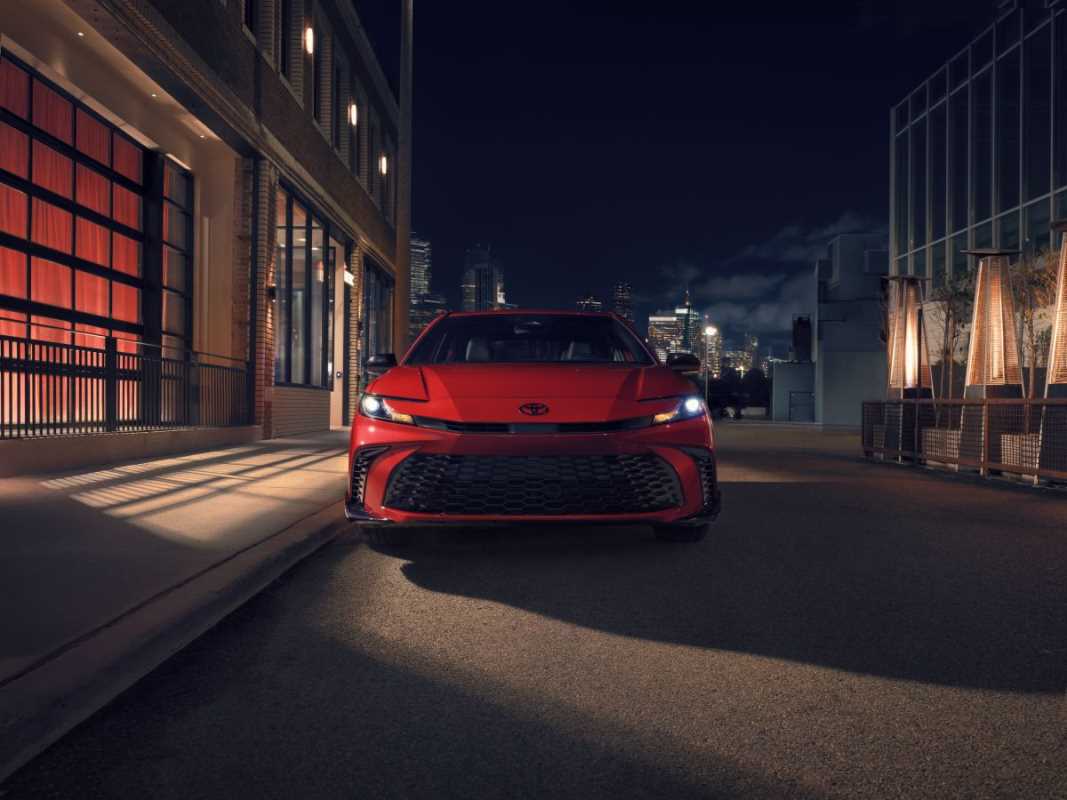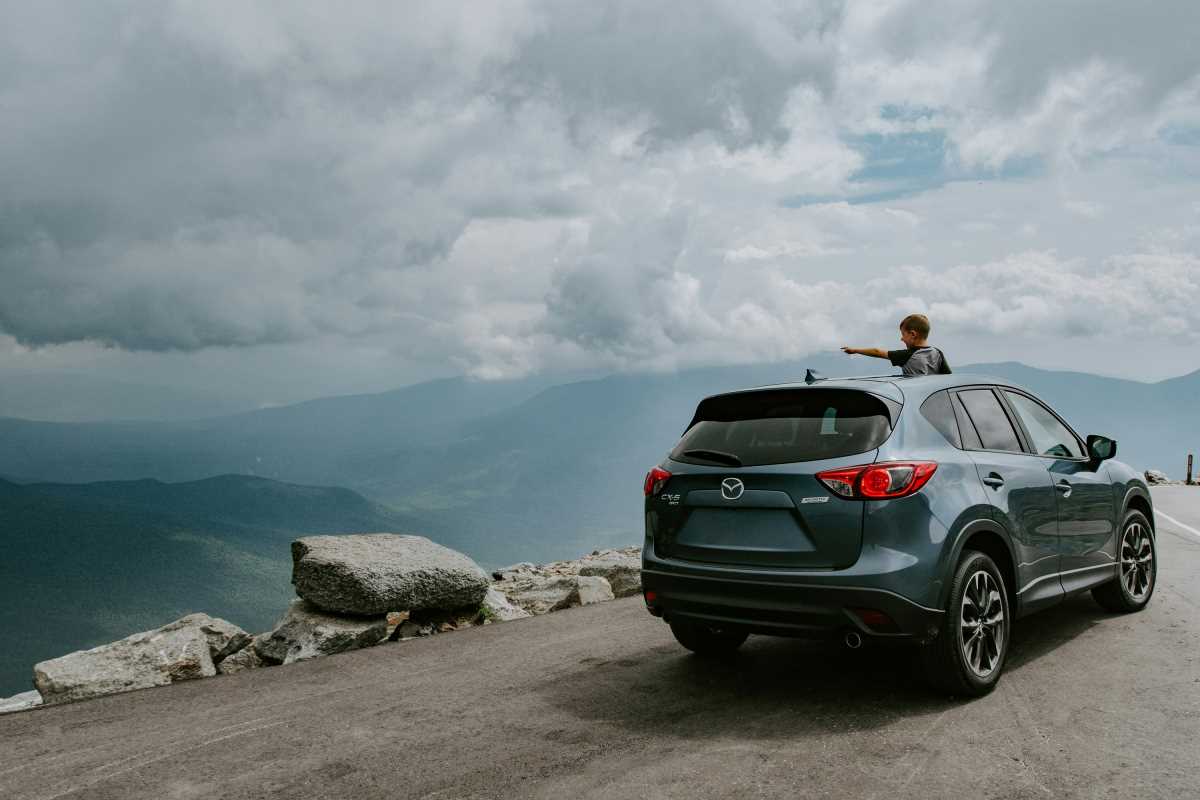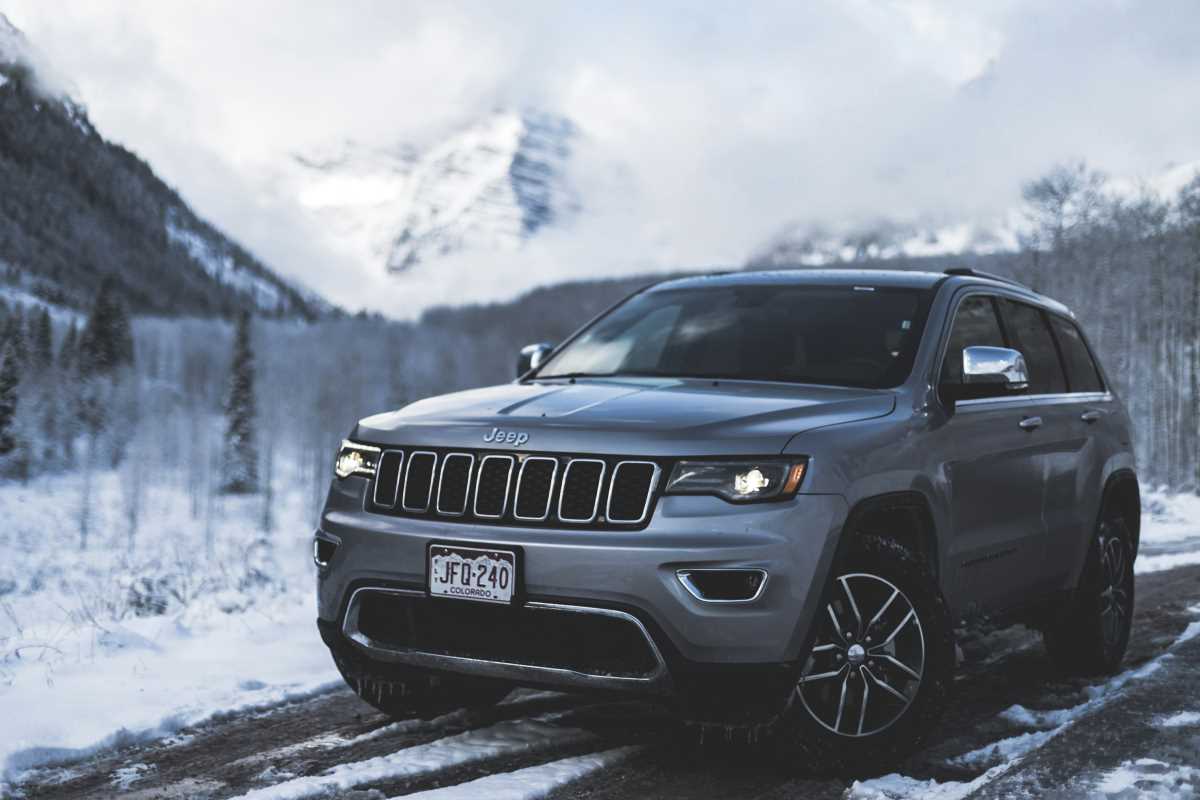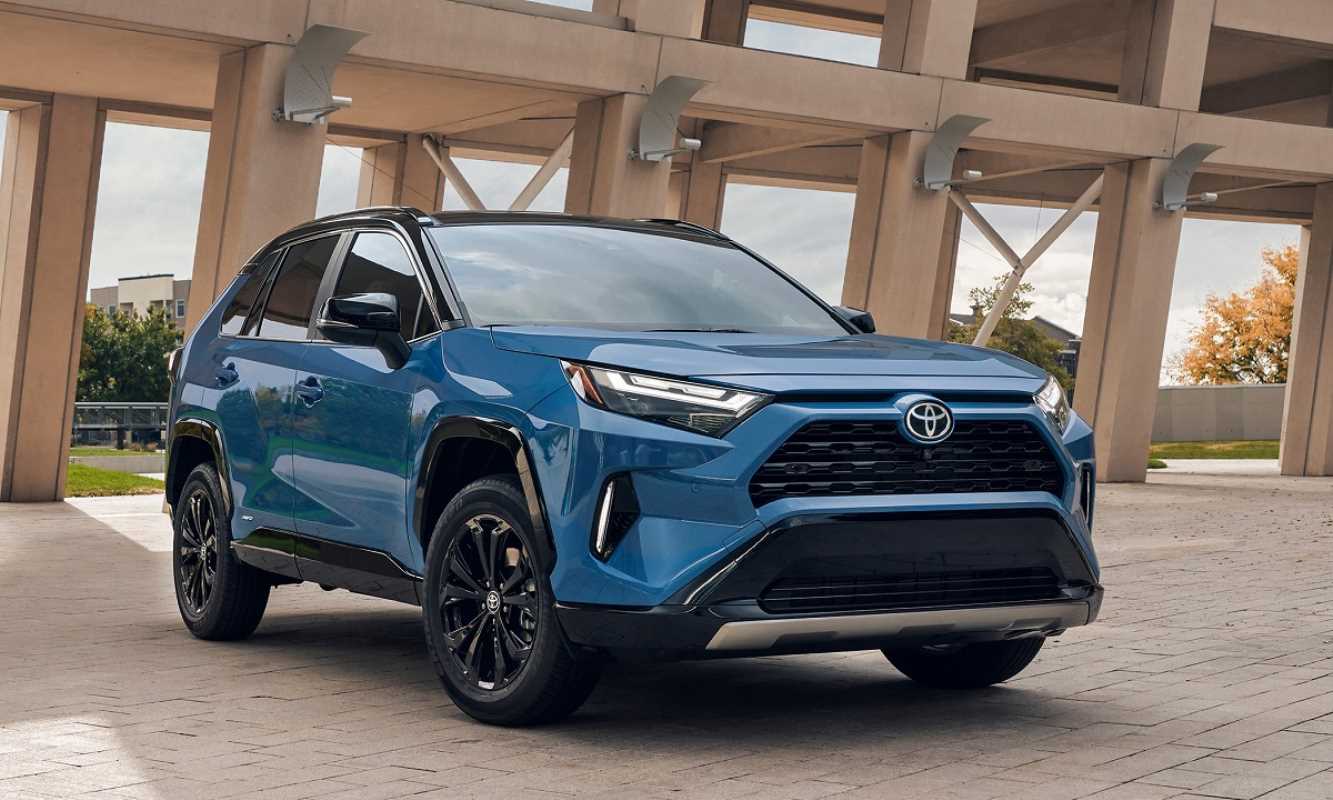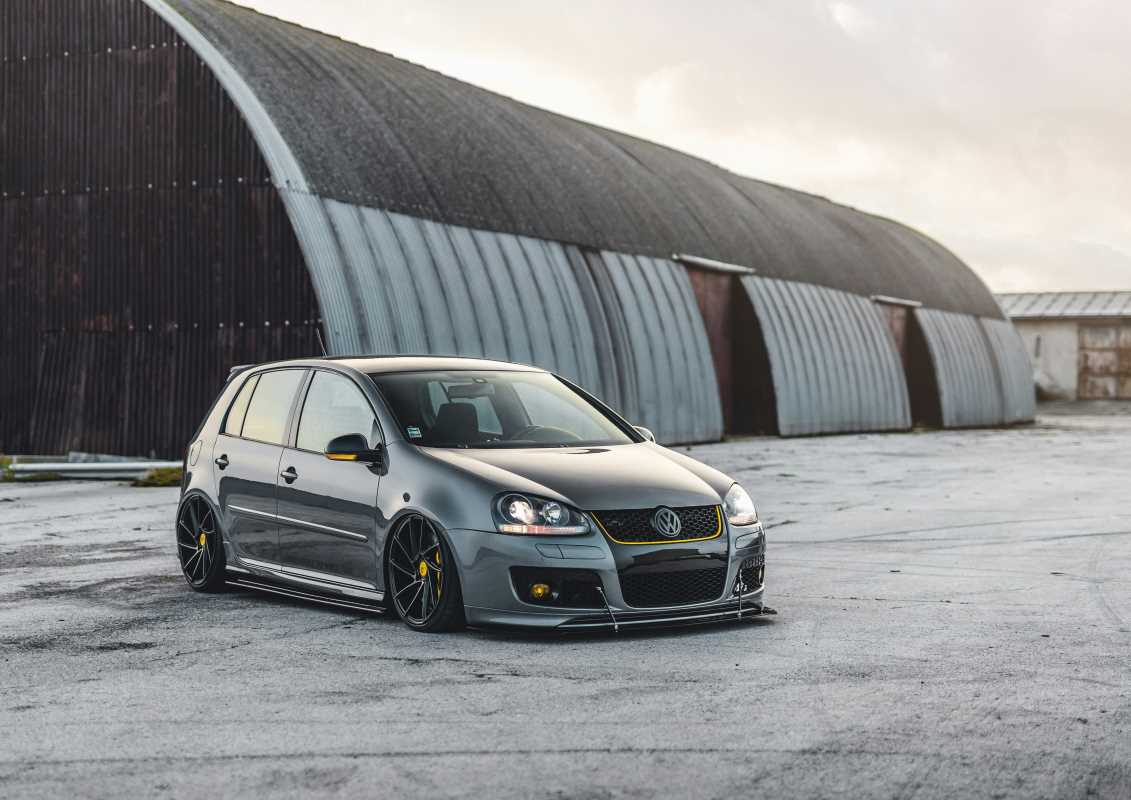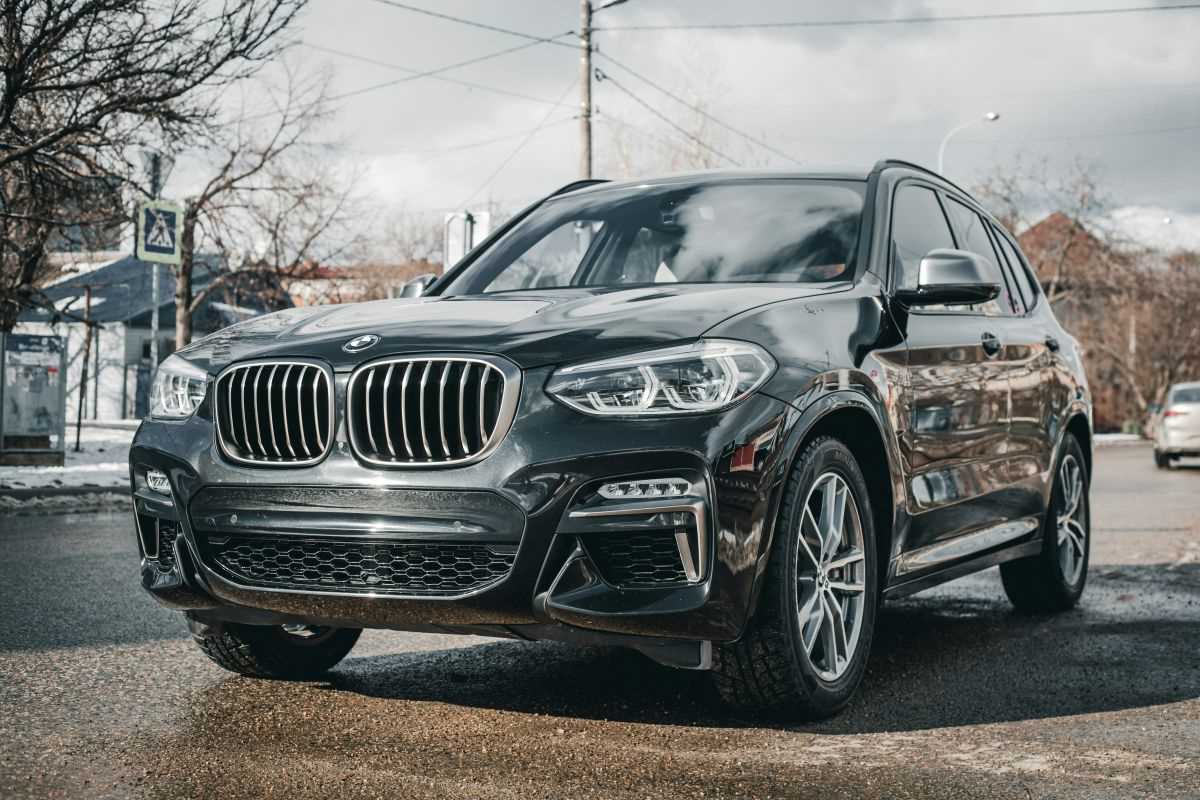The compact electric sedan market has quickly become one of the most competitive segments in the automotive world. Once dominated by Tesla, this space now features strong challengers from established premium automakers like BMW and newer players like Polestar. For 2025, the Tesla Model 3, Polestar 2, and BMW i4 represent three of the best options for drivers who want cutting-edge technology, impressive range, and the prestige of a premium badge. Each model brings unique strengths, but deciding which one is right for you depends on whether performance, design, technology, or value tops your list of priorities.
Exterior Design
- Tesla Model 3 (2025): The Model 3 has received a refresh with sleeker headlights, a smoothed-out front fascia, and subtle aerodynamic improvements. Its minimalist design philosophy continues, offering a clean, futuristic profile with flush door handles and a coupe-like roofline.
- Polestar 2 (2025): Scandinavian design cues shine through in the Polestar 2. It blends modern minimalism with sharp lines and a distinctive LED lighting signature known as “Thor’s Hammer.” For 2025, Polestar has updated wheel designs and refined its aerodynamics while maintaining a distinctly Nordic aesthetic.
- BMW i4 (2025): BMW sticks closely to its traditional design DNA, with the large kidney grilles up front and muscular side sculpting. The i4 shares much of its bodywork with the BMW 4 Series Gran Coupe, which gives it a sporty, performance-oriented look.
Verdict: Tesla offers futuristic simplicity, Polestar emphasizes Scandinavian elegance, and BMW delivers sporty tradition. Buyers drawn to subtle uniqueness may gravitate toward the Polestar, while those who want aggressive styling will lean toward the i4.
Interior & Comfort
- Tesla Model 3: True to Tesla’s ethos, the cabin is dominated by a single 15-inch central touchscreen. The minimalist layout eliminates nearly all physical buttons, which some drivers love for its futuristic feel, while others find it less intuitive. Seating is comfortable, with improved materials for 2025. Rear passenger space is adequate, and the trunk, combined with the front “frunk,” offers versatile storage.
- Polestar 2: The Polestar’s interior is understated yet upscale, blending vegan upholstery options with sustainable materials. A 14.5-inch vertical touchscreen powered by Google’s Android Automotive OS sits at the center, complemented by a 12.3-inch digital cluster. Cabin ergonomics are strong, and the seats are exceptionally supportive, reflecting Polestar’s Volvo heritage. Cargo space is practical, though rear headroom is slightly compromised by the sloping roofline.
- BMW i4: The i4 delivers a cabin that feels closest to a traditional luxury car. It features premium leather, wood, and aluminum accents, combined with BMW’s curved digital display housing both infotainment and instrument functions. Space is slightly tighter than in the Model 3, but overall comfort is excellent, with a focus on driver engagement.
Verdict: Polestar 2 offers the most sustainable, modern interior, Tesla maximizes simplicity, and BMW balances traditional luxury with modern tech.
Technology & Infotainment
- Tesla Model 3: The central screen controls nearly all functions, including climate, navigation, and entertainment. Tesla’s software remains industry-leading in over-the-air updates, voice controls, and app integration. However, Apple CarPlay and Android Auto are still missing, which may be a drawback for some buyers.
- Polestar 2: One of its strongest points, the Android Automotive OS provides seamless integration with Google Maps, Assistant, and the Play Store. Both Apple CarPlay and Android Auto are supported, offering flexibility. Over-the-air updates are included, though Polestar lags Tesla in frequency.
- BMW i4: The iDrive 9 system combines a 14.9-inch touchscreen with a 12.3-inch instrument display. It supports wireless Apple CarPlay, Android Auto, voice commands, and gesture controls. BMW also offers a robust companion app for remote access and charging management.
Verdict: Tesla leads in OTA innovation, Polestar offers the most user-friendly native system, and BMW delivers the most feature-rich blend for traditional users.
Performance & Driving Dynamics
- Tesla Model 3: The Model 3 lineup includes the Rear-Wheel Drive version (around 270 miles range) and the Long Range AWD (up to 360 miles). The Performance trim remains the standout, achieving 0-60 mph in just 3.1 seconds, making it one of the quickest compact EVs available. Handling is agile, aided by a low center of gravity.
- Polestar 2: Offered in both single-motor (295 hp) and dual-motor (416 hp) configurations, the Polestar 2 provides strong acceleration and composed handling. The Performance Pack enhances suspension and braking, creating a sportier drive. 0-60 mph times range from 6.2 seconds (single-motor) to 4.2 seconds (dual-motor). Range is competitive, between 320–350 miles depending on configuration.
- BMW i4: The i4 lineup includes the eDrive40 (335 hp, up to 307 miles of range) and the M50 (536 hp, up to 270 miles of range). The M50, in particular, emphasizes BMW’s heritage of sporty driving, delivering 0-60 mph in 3.7 seconds. Steering feedback and chassis tuning make the i4 the most engaging to drive of the three.
Verdict: Tesla is still the straight-line speed king, BMW provides the most engaging driving experience, and Polestar finds a middle ground with balanced performance.
Safety & Driver Assistance
- Tesla Model 3: Equipped with Tesla’s Autopilot as standard, with the option to upgrade to Full Self-Driving (FSD). While FSD is not yet fully autonomous, its driver-assist functions are among the most advanced. Safety ratings remain high, though Tesla’s reliance on cameras instead of radar has been controversial.
- Polestar 2: Standard safety equipment includes adaptive cruise control, lane-keeping assist, blind-spot monitoring, and collision mitigation. Polestar emphasizes Volvo’s safety legacy, and the 2025 model maintains top crash-test ratings.
- BMW i4: Comes with BMW’s Driving Assistance Professional package, including adaptive cruise, lane-centering, and automatic emergency braking. While less ambitious than Tesla’s Autopilot, it is reliable and polished.
Verdict: Tesla offers the most advanced semi-autonomous features, Polestar leads in traditional safety confidence, and BMW provides a well-rounded suite.
Range & Charging
- Tesla Model 3: Long Range model achieves up to 360 miles. Access to Tesla’s expanding Supercharger network remains a key advantage, providing fast and reliable charging infrastructure.
- Polestar 2: Range varies from 320–350 miles, and charging speeds reach up to 205 kW, enabling an 80% charge in about 30 minutes on compatible chargers. Polestar relies on third-party networks, which are expanding but less seamless than Tesla’s.
- BMW i4: Offers up to 307 miles in the eDrive40 and 270 miles in the M50. Charging maxes out at 200 kW, with access to the growing Ionity and Electrify America networks.
Verdict: Tesla wins on range and charging infrastructure, though Polestar is catching up. BMW delivers competitive range, though slightly lower than its rivals.
Pricing & Value (2025 Estimates)
- Tesla Model 3: Starts around $42,000, with Performance trims reaching $55,000+.
- Polestar 2: Starts at about $47,000, stretching to the mid-$60,000s with the Performance Pack.
- BMW i4: Base eDrive40 begins near $52,000, while the M50 tops $68,000.
Tesla undercuts the others in base pricing, Polestar offers strong value in the mid-range, and BMW positions itself as the premium, performance-oriented option.
Final Verdict
The 2025 Tesla Model 3, Polestar 2, and BMW i4 each appeal to different types of buyers in the compact EV market:
- Tesla Model 3: Best choice for those who prioritize range, charging convenience, and cutting-edge software. It remains the benchmark for value and infrastructure.
- Polestar 2: Ideal for buyers who want Scandinavian design, sustainable materials, and a Google-powered infotainment system. It strikes a fine balance between performance and comfort.
- BMW i4: Perfect for enthusiasts who value driving engagement and premium build quality. The i4 delivers performance thrills and traditional luxury appeal.
In this shootout, Tesla wins for practicality and infrastructure, BMW takes the crown for driving enjoyment, and Polestar carves out a niche as the stylish and eco-conscious alternative.
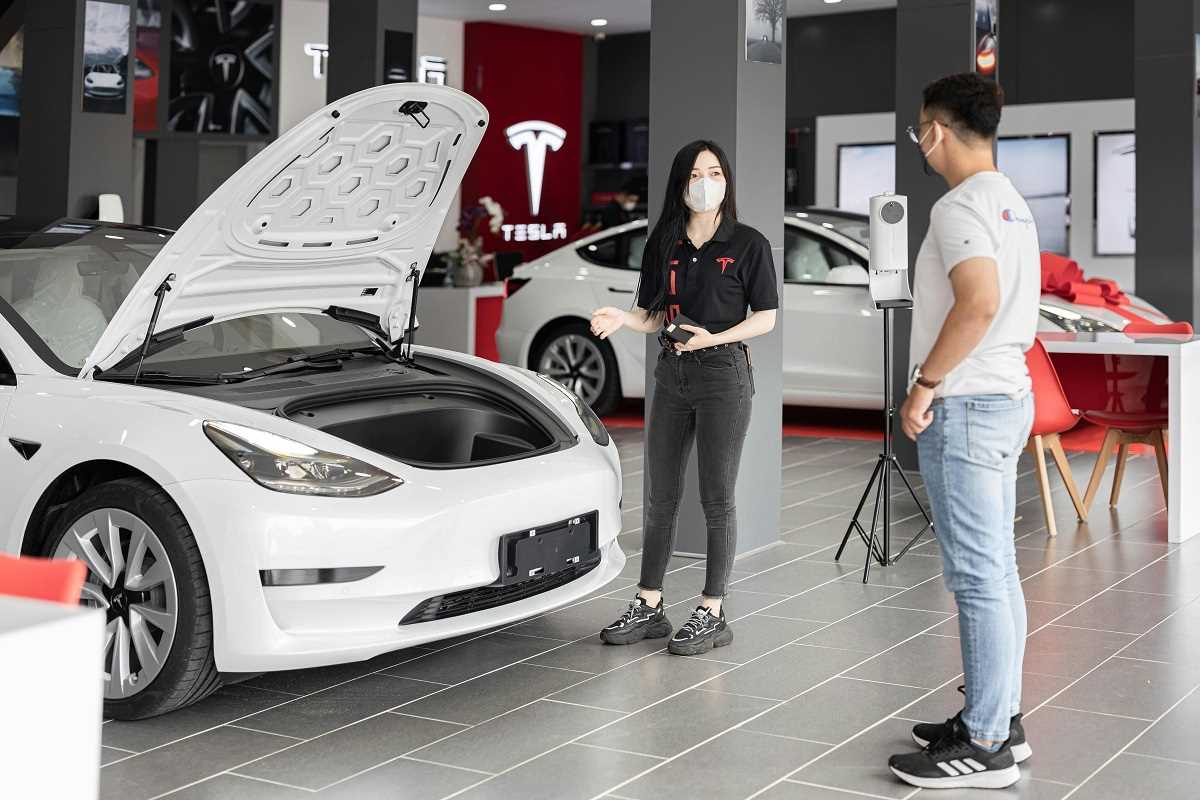 (Image via
(Image via